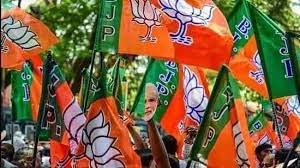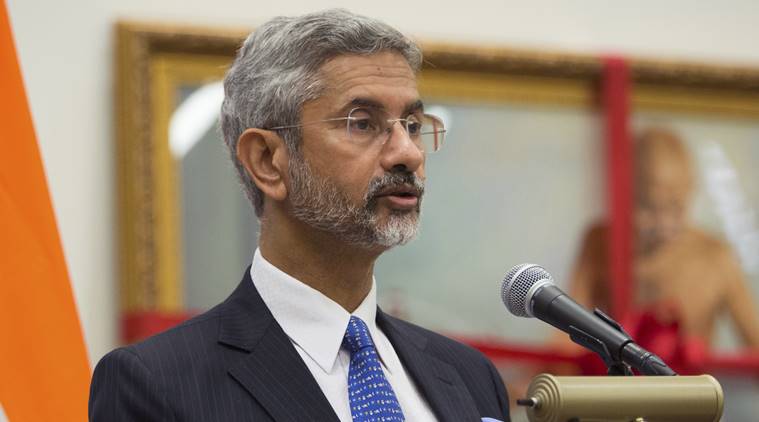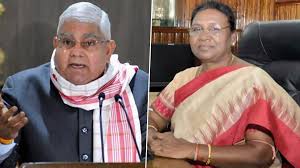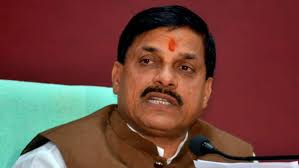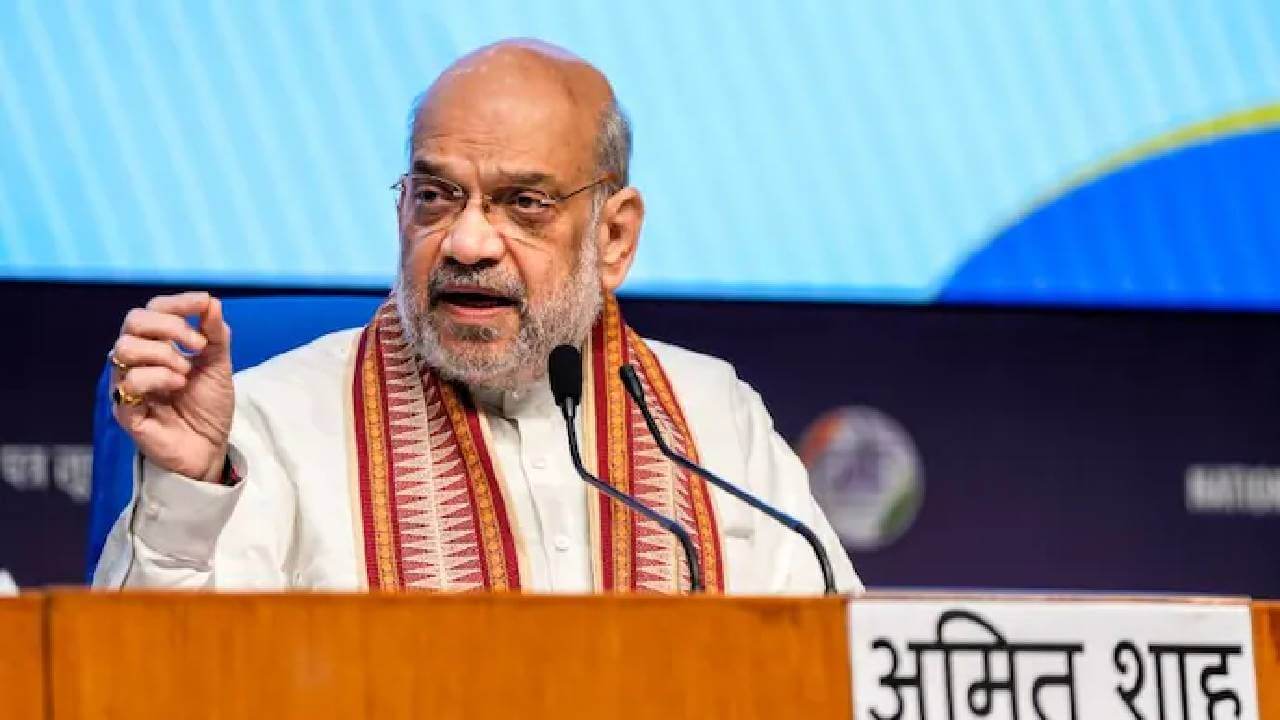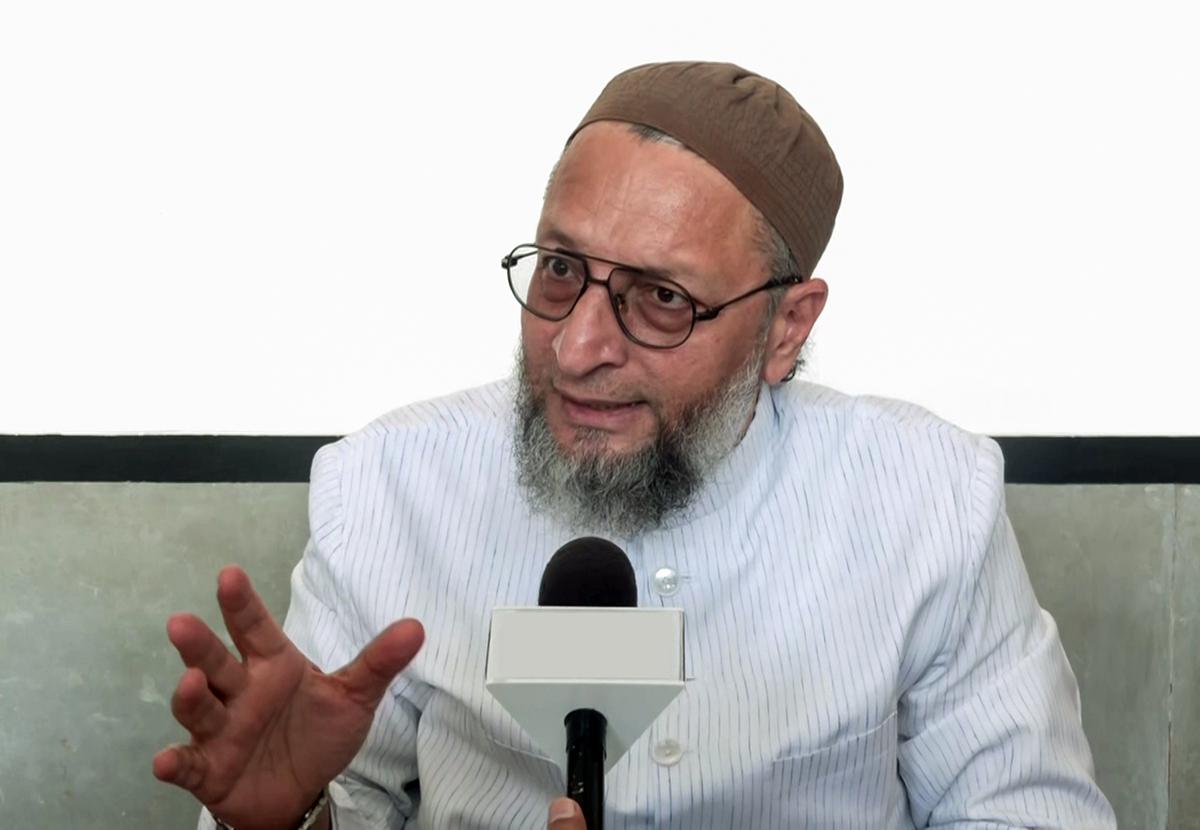Centre should support performing States like Telangana: KTR
Wed 08 Mar 2023, 12:25:14

India would have achieved the targeted $5 trillion economy by 2022 if all States grew at the same pace as Telangana, IT and Industries Minister KT Rama Rao said, pointing out that however, despite being a performing State, the Centre was punishing Telangana by not supporting it.
Speaking at the annual CII event on ‘Beyond India@75 – Accelerating Telangana Growth Momentum – Resilience through Competitiveness, Innovation, Entrepreneurship, Sustainability’, he said the Hyderabad Pharma City, which would be the largest pharma manufacturing cluster in the world, did not receive any support from the Centre. The State has also been denied a bulk drugs manufacturing cluster, other manufacturing clusters, industrial corridors and others.
Even though a special incentive was promised in the AP Reorganisation Act, nothing was given to both the Telugu States of Telangana and Andhra Pradesh, he said.
“Where is the sanctity in calling ourselves the world’s largest democracy if even the AP Reorganisation Act promises are not kept,” he said, urging for support to all States.
Stating that political
affiliations should not define if a State would be supported or not, Rama Rao urged the Centre to offer incentives to performing States.
affiliations should not define if a State would be supported or not, Rama Rao urged the Centre to offer incentives to performing States.
“Who are we to tell people what to eat, what to wear,” he said. While initiatives like ‘Make in India’ are good, they have not progressed much beyond slogans. The Centre should empower performing States and incentivise such States, the Minister said. Many still feel that importing from China works out cheaper rather than making locally despite the import costs, distance and other factors.
“We need to ask ourselves why making in China is cheaper, ask about our duty structures, about the roadblocks to achieving scale and efficiency,” Rama Rao said.
Terming the just concluded BioAsia a big success, he said Telangana had set a target of taking the life sciences sector value to about $250 billion, more than tripling from the current $80 billion, by 2030.
The State now makes 35 per cent (about nine billion doses) of all vaccines made globally. This number would increase to 50 billion (14 billion doses) by end of next year.
No Comments For This Post, Be first to write a Comment.
Most viewed from Hyderabad
Most viewed from World
AIMIM News
Asaduddin Owaisi questions PM Modi's China policy
Jan 08, 2025
Owaisi slams UP over police post near Sambhal mosque
Dec 31, 2024
Owaisi hails SC order on Places of Worship Act
Dec 13, 2024
AAP Corporator Tahir Hussain joins AIMIM party
Dec 11, 2024
Latest Urdu News
Most Viewed
May 26, 2020
Which political party will win the Delhi Assembly polls to be held on Feb 5?
Latest Videos View All
Like Us
Home
About Us
Advertise With Us
All Polls
Epaper Archives
Privacy Policy
Contact Us
Download Etemaad App
© 2025 Etemaad Daily News, All Rights Reserved.





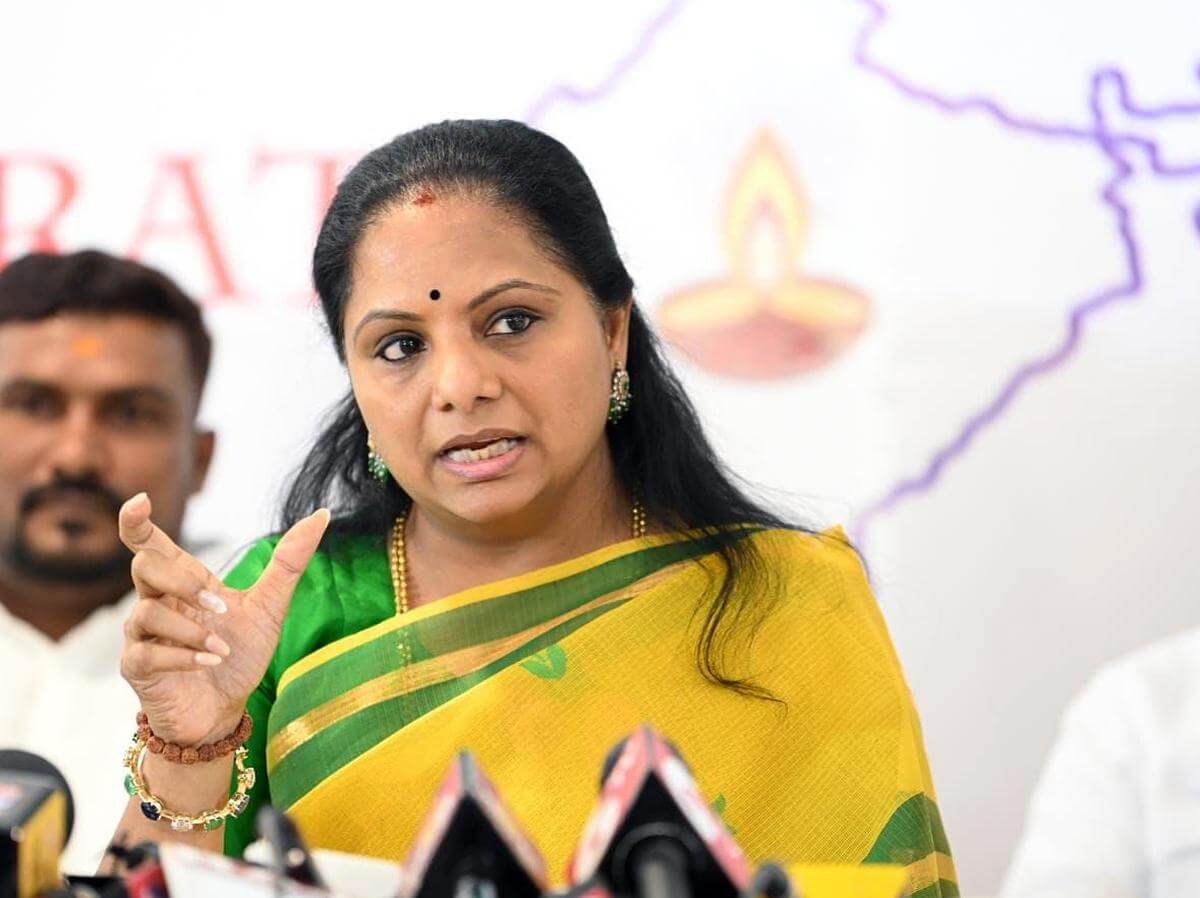
.jpg)





.jpg)
